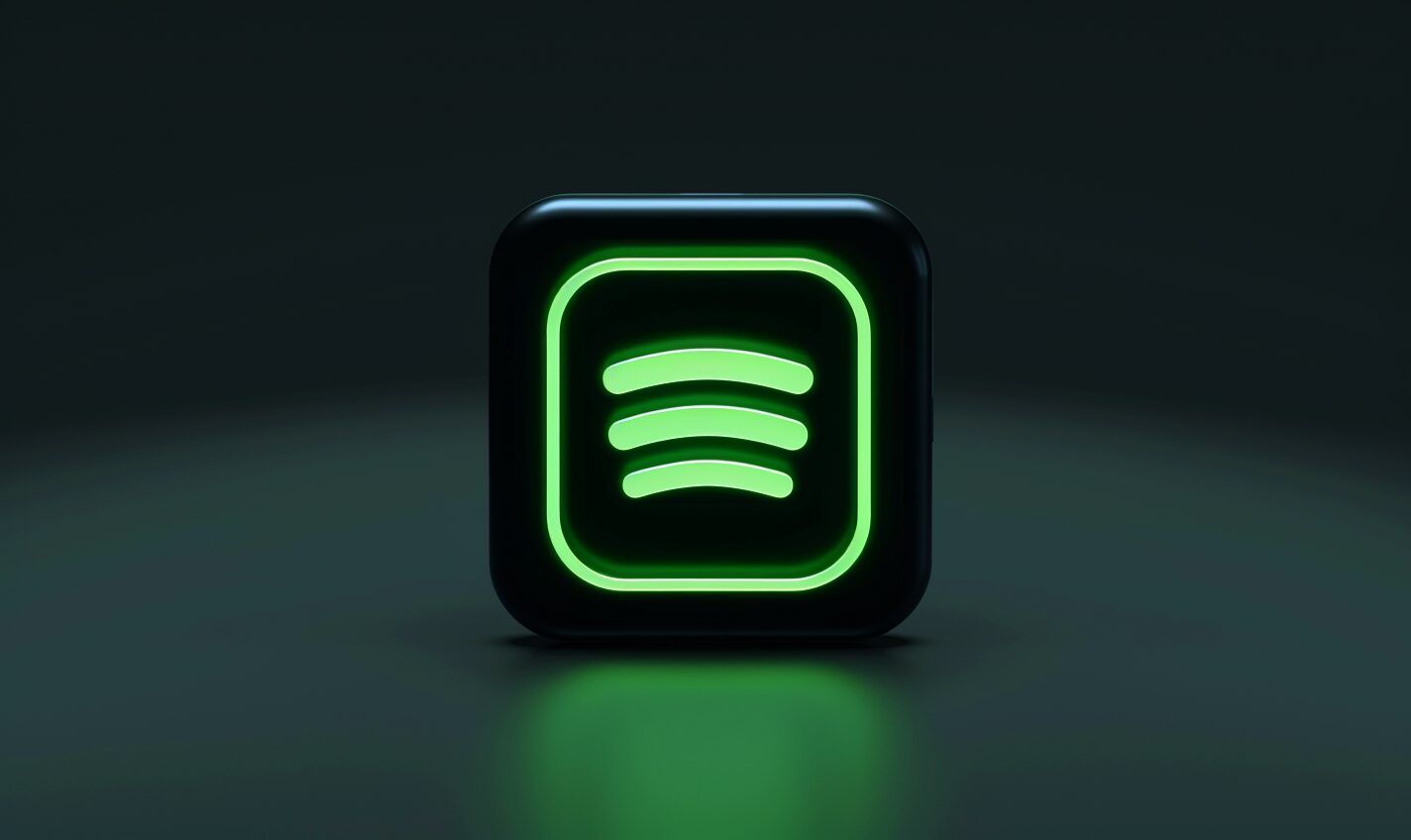Do you find that your iPhone is running a little slower than it used to? Are apps crashing more often?
All iPhones experience problems over time as the device ages and accumulates more data. Before you give in and buy a new phone, try these 10 tips to keep your iPhone running smoothly.
1. Close Apps Running in the Background
Your iPhone may be running slowly because of too many apps running in the background. It’s important to know how to close apps on iPhone to keep your device working properly.
Close apps by double-clicking the home button — or swiping up from the bottom of your screen — to see an app preview. Swipe the window up to close it. You can also close multiple apps at once by swiping up on an app preview while holding your finger down on another one.
2. Restart Your Phone
If your iPhone is feeling sluggish, try restarting it. Restarting can help clear up any memory issues and help the device run more smoothly.
To restart your iPhone, hold down the power button until the “Slide to Power Off” option appears. Slide your finger across the screen to turn off your phone. Once it’s off, hold down the power button again to turn it back on.
If you’re having trouble with your iPhone, restarting it is often the first troubleshooting step you should try.
3. Delete Apps You Don’t Use
If your phone is full of apps you don’t use, get rid of them!
We’ve all been there — you download a new app that seems fun or useful, use it a couple times, and then forget it’s even on your phone. However, having too many unused apps can take up valuable storage space and slow down your device.
To delete an app, simply hold your finger down on the icon until it starts shaking, then tap the “x” that appears to delete it.
You can also delete apps from your Settings menu:
- Open the Settings app.
- Select General.
- Tap Usage.
- Select the app you want to delete.
4. Update Your Apps and iOS
Make sure to install new updates as soon they become available. These updates often include performance improvements and bug fixes.
To update your apps, open the App Store and tap on the “Updates” tab. Here, you’ll see a list of all the apps that have new updates available. Tap on the “Update” button next to an app to install its update.
You can also update your iOS from the Settings app:
- Open the General menu in Settings.
- Select Software Update
- Tap on “Download and Install.”
5. Clear Cookies and Data
Cookies and data from websites can slow down your browser. To clear this data:
- Open the Settings app.
- Tap on Safari.
- Tap on Clear History and Website Data.
This will remove all the cookies and data stored on your phone.
Keep Your History
If you want to delete the cookies and data while keeping your history, open Safari from the Settings app and follow these steps:
- Select Advanced.
- Select Website Data.
- Tap on Remove All Website Data.
Clear Individual Websites
You can also clear cookies and data from individual websites in Safari through the Settings app:
- Select Safari in the Settings app.
- Tap Advanced.
- Select Website Data.
- In the list of websites that have stored data on your phone, tap on a website to delete its data.
6. Delete Old Messages
Keeping lots of old text messages can take up valuable storage space on your device. To automatically delete your older messages:
- Open the Settings app.
- Select Messages.
- Tap Keep Messages.
- Select 30 days or one year.
7. Stop Background App Refresh
Background App Refresh allows apps to update themselves even when you’re not using them. While this is convenient, it can also drain your battery and slow down your device. Turning it off can improve your battery life and free up memory:
- Open the Settings app.
- Select General.
- Tap on Background App Refresh.
- Select Off.
You can also turn off Background App Refresh for individual apps. When you reach step 3 above, you’ll see a list of all the apps that have background app refresh enabled. Turn off the toggle next to an app to disable it.
8. Disable Location Services for Nonessential Apps
Location services allow apps to track your location even when you’re not using them, which can be a major drain on your battery. Luckily, it’s easy to disable:
- Open the Settings app.
- Select Privacy.
- Tap on Location Services.
- Select Off.
Like Background App Refresh, you can also disable location services for individual apps. Once you reach step 3 above, you can see the list of apps with location services enabled and disable individual apps by tapping the toggle next to them.
Enjoy Improved iPhone Function With These Simple Tips!
Give your phone a second wind — improve your iPhone experience and keep your device running smoothly by following these tips!
Recent Stories
Follow Us On
Get the latest tech stories and news in seconds!
Sign up for our newsletter below to receive updates about technology trends














